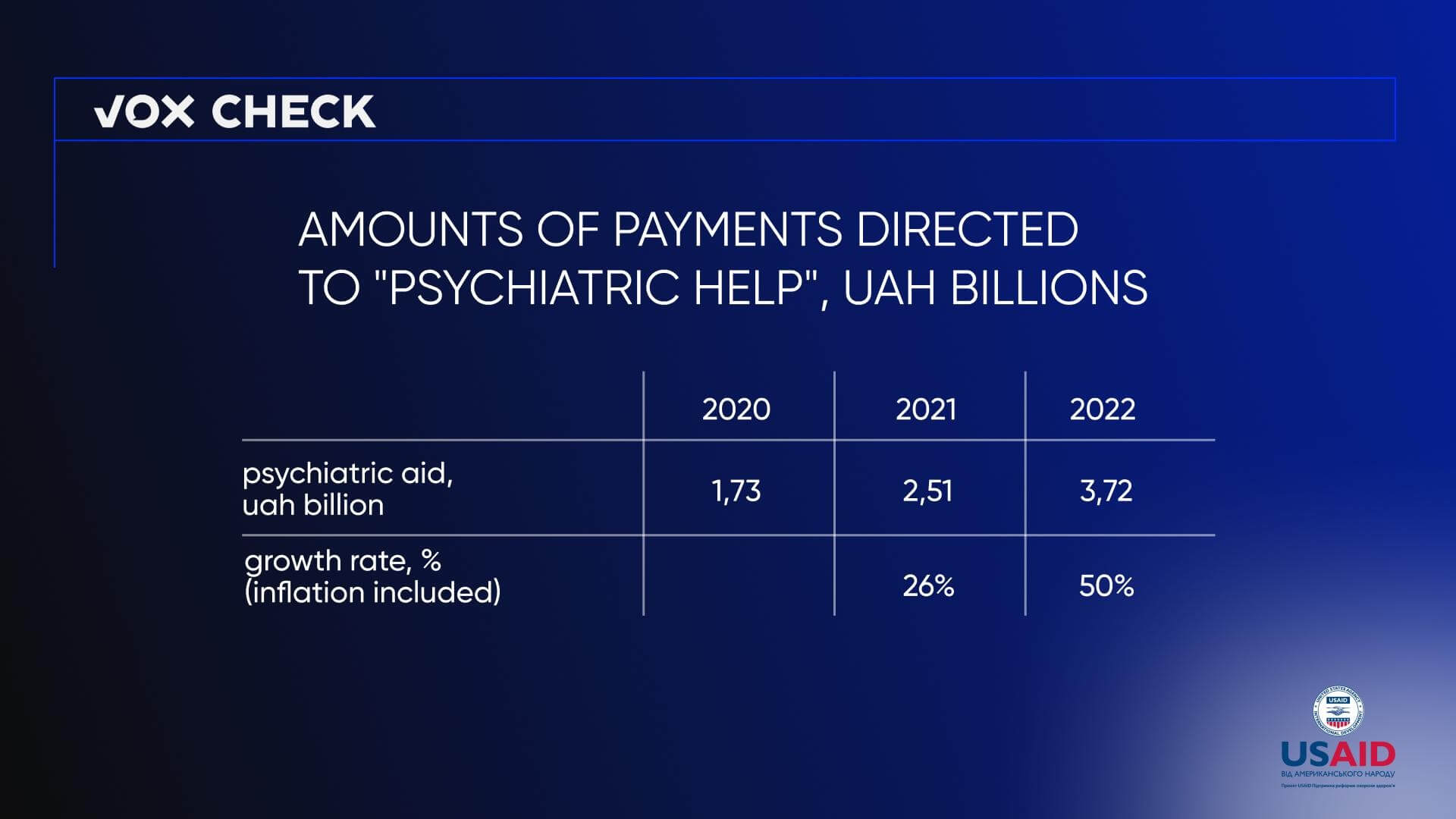One of the traditional techniques of pro-Russian and Russian propagandists is the systematic use of old narratives. For the sake of mentioning “evergreen” myths, they grab any informational occasion. For example, this week, a video of the inappropriate behavior of an unknown man in the middle of the roadway was used as evidence that mentally ill people in Ukraine “flooded the streets” due to the failed medical reform.
With the support of the USAID Health Reform Support project, VoxCheck analyzes and refutes public health narratives spread in the information space of Ukraine, Belarus, and russia on a weekly basis.
Disinformation: All mental hospitals were closed after the reform of the “American protégé” Uliana Suprun
A video showing an unknown man behaving inappropriately in the middle of the roadway on Khreschatyk is being shared online. At the same time, the video captions are different. Thus, the “Mriia” telegram channel wrote that he was there because all psychiatric institutions in Ukraine were closed after the reforms of the “American protégé” Uliana Suprun.
Screenshot of post
What’s the reality?
We found no mention of this video before March 2023. However, the relevance of the record does not confirm any of the theses.
As part of the reform of specialized medical care, the total closure of psychiatric institutions did not take place. Like other medical institutions, they began to work according to the principle “money follows the patient”. That is, the number of hospitals began to depend on the needs of the population. Local territorial communities and regional councils have the right to close or repurpose institutions.
In Ukraine, before the medical reform, some hospitals provided not only medical but also social assistance, actually performing the functions of a social support institution. Instead, the National Health Service finances only medical services. Such services are outpatient or inpatient psychiatric care, depending on the needs of the patient. NHSU systematically concludes contracts for the provision of psychiatric medical care. For example, in the 4th quarter of 2022, 241 mental hospitals received payments under the package of services “Psychiatric care for adults and children”, the total amount of payments amounted to UAH 930 million. Of these, 6 institutions are located in Kyiv, which during this period provided services worth almost UAH 70 million.
It should be understood that most patients of psychiatric institutions require only outpatient treatment or short-term hospitalization. As the Ministry of Health of Ukraine explains, up to 30% of people who were previously hospitalized did not have to be hospitalized at all. They only needed adequate drug therapy. The principles of isolation of psychiatric hospital patients from the rest of the world have long been outdated and are being revised by the world community.
The World Health Organization (WHO) has developed a special toolkit “mhGAP intervention guide for mental, neurological and substance use disorders in non-specialized health settings: mental health Gap Action Programme (mhGAP)”. In 2017, the Ukrainian government also adopted the Mental Health Concept, which specifically stipulates that the vast majority of services should be provided in outpatient settings, and a certain list of services should be provided in the primary care setting.
During the second stage of the medical reform in 2020, there were speculations that due to a lack of funding, seriously ill patients would “flood the streets”. However, this did not happen. Patients who have committed socially dangerous acts receive help in separate specialized institutions, which are financed by medical subvention. This issue is regulated by the Cabinet of Ministers. The relevant resolution on providing subventions from the state budget to local budgets to support individual institutions and measures in the health care system is adopted every year.
This information piece was produced with the assistance of the United States Agency for International Development (USAID), provided on behalf of the people of the United States of America. This article’s content, which does not necessarily reflect the views of USAID, the United States Government, is the sole responsibility of Deloitte Consulting under contract #72012118C00001.
Attention
The author doesn`t work for, consult to, own shares in or receive funding from any company or organization that would benefit from this article, and have no relevant affiliations





